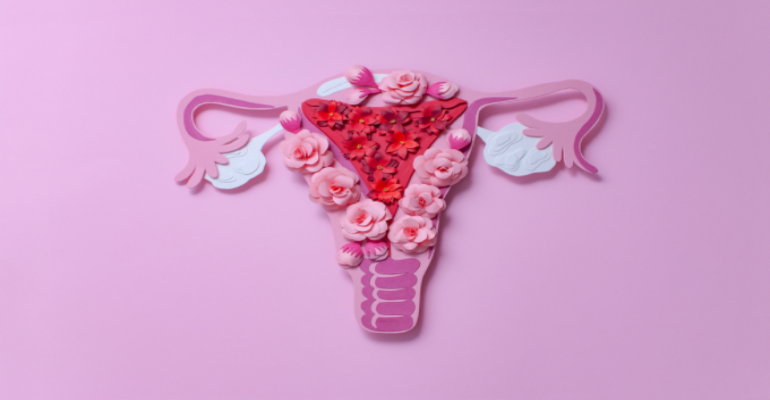
Types of Uterus
The female genital organs—the uterus, fallopian tubes, and the upper part of the vagina—are formed by the fusion of two ducts called the Müllerian ducts in the abdominal region along the midline. The lower part of this section, including the lower vagina, cervix, and vaginal opening, refers to a fold of skin extending inward called the urogenital sinus.
These organs can be impaired due to congenital or acquired problems. Among the congenital malformations of female organs, the most common are uterine shape abnormalities caused by the failure of the Müllerian ducts to fuse properly.
Most common problems seen in women with Müllerian duct anomalies:
- Infertility
- Early miscarriages and premature birth during pregnancy
- Growth and developmental problems in the fetus
- Fetal position anomalies in the womb
- Abnormalities in the outer membrane, placenta, and its position
- Anomalies that can be seen in various fetal organs
- Absence of menstruation, painful periods, difficulties during intercourse, and abdominal and groin pain
Congenital anomalies and structural abnormalities of the female reproductive organs are present in about 0.1–0.5% of women. Among women who consult specialists due to infertility, about 3% have such structural anomalies. In cases of recurrent miscarriages, this rate is 5–10%, and in late pregnancy losses and premature births, it is about 25%. Uterine anomalies are classified into 7 groups:
Hypoplasia/Agnesia: In this anomaly group, the uterus is either completely absent or very underdeveloped. The most common form is the absence of the uterus, cervix, and upper vagina. This condition is known as Mayer-Rokitansky-Küster-Hauser syndrome. These patients cannot conceive naturally.
Unicornuate uterus: One of the rarest anomalies. One of the ducts is completely or almost completely undeveloped. Half of the uterus is missing in this anomaly.
Didelphys uterus: The ducts forming the uterus do not fully fuse. In this anomaly, there are two uterine cavities and two cervices. There may also be a wall in the vagina.
Bicornuate uterus: The uterus shape in this anomaly resembles a heart rather than a pear. It has a notch from top to bottom. The space for the fetus to grow is narrowed in this anomaly.
Septate uterus (uterine wall): The wall between the two horns does not disappear. This wall may extend to the cervix and can be complete or partial. It may cause problems during pregnancy.
Arcuate (curved) uterus: There is a single uterine cavity, but the upper part of the uterus is flat or inclined with a small notch. This usually does not cause problems during pregnancy.
How is uterine anomaly diagnosed?
Women experiencing difficulty conceiving undergo a detailed examination and evaluation. Most uterine abnormalities can be detected by ultrasound, which can be performed transabdominally or transvaginally.
Sometimes a radiopaque substance called hysterosalpingography (HSG) is applied into the uterus. Then the uterus and ovaries are imaged. Laparoscopy or hysteroscopy can also be performed if necessary.
How is it treated?
Some uterine anomalies can be treated quite easily. Others may have risky treatments. Therefore, treatment decisions should be made together with a specialist doctor. Hysteroscopy may be performed depending on the anomaly.

